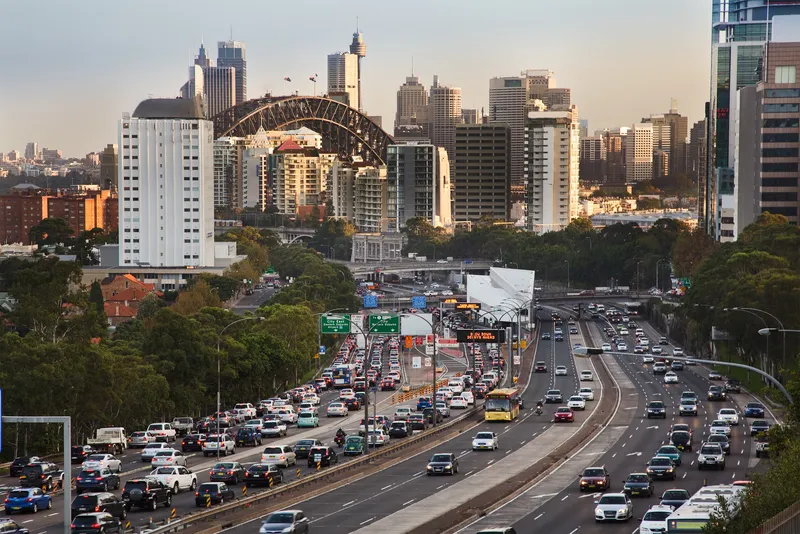The government of Western Australia has released a comprehensive plan to address traffic congestion in and around the central business district (CBD) of Perth with an AU$47.6 million (US$48.96) budget package to ensure the district has a sustainable transport network to accommodate major city projects and a growing population.
April 24, 2012
Read time: 2 mins
RSSThe government of Western Australia has released a comprehensive plan to address traffic congestion in and around the central business district (CBD) of Perth with an AU$47.6 million (US$48.96) budget package to ensure the district has a sustainable transport network to accommodate major city projects and a growing population.
“The Perth Waterfront Development, Perth City Link and Riverside projects are under way or are about to start, and are integral components to the transformation of Perth into a vibrant and modern city,” said transport minister Troy Buswell. “These projects will clearly impact on the flow of traffic in and around the city, and the CBD Transport Plan outlines how this impact will be managed and how we can better meet the needs of drivers, users of public transport, pedestrians and cyclists.”
Buswell said $47.6million from the Perth Parking Management Account would be used to introduce active traffic management and to establish incident response crews which remove broken-down vehicles.
“Active traffic management will increase road safety and traffic capacity by minimising disruption from crashes and breakdowns on the Graham Farmer Freeway and the inner-city sections of the Mitchell and Kwinana freeways, as well as blockages from illegal clearway parking in the CBD,” he said. “It will also involve real time management of traffic signals, so where incidents occur or roadworks are impeding traffic flow, Main Roads will modify traffic signal timings to maximise traffic flow, particularly during peak periods.”
CBD public transport will also receive a significant boost with additional Red CAT buses in operation from July 2012, ahead of the July 2013 introduction of a new Green CAT service every 10 minutes.
“The Perth Waterfront Development, Perth City Link and Riverside projects are under way or are about to start, and are integral components to the transformation of Perth into a vibrant and modern city,” said transport minister Troy Buswell. “These projects will clearly impact on the flow of traffic in and around the city, and the CBD Transport Plan outlines how this impact will be managed and how we can better meet the needs of drivers, users of public transport, pedestrians and cyclists.”
Buswell said $47.6million from the Perth Parking Management Account would be used to introduce active traffic management and to establish incident response crews which remove broken-down vehicles.
“Active traffic management will increase road safety and traffic capacity by minimising disruption from crashes and breakdowns on the Graham Farmer Freeway and the inner-city sections of the Mitchell and Kwinana freeways, as well as blockages from illegal clearway parking in the CBD,” he said. “It will also involve real time management of traffic signals, so where incidents occur or roadworks are impeding traffic flow, Main Roads will modify traffic signal timings to maximise traffic flow, particularly during peak periods.”
CBD public transport will also receive a significant boost with additional Red CAT buses in operation from July 2012, ahead of the July 2013 introduction of a new Green CAT service every 10 minutes.







